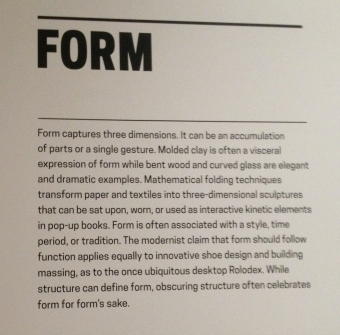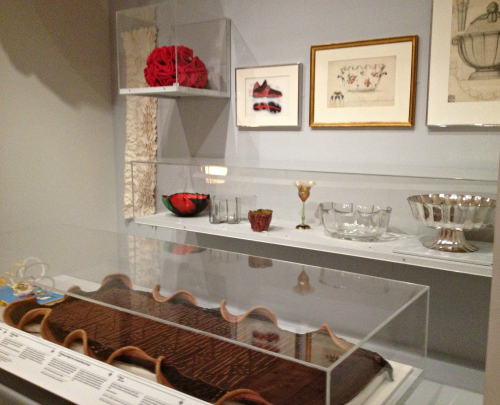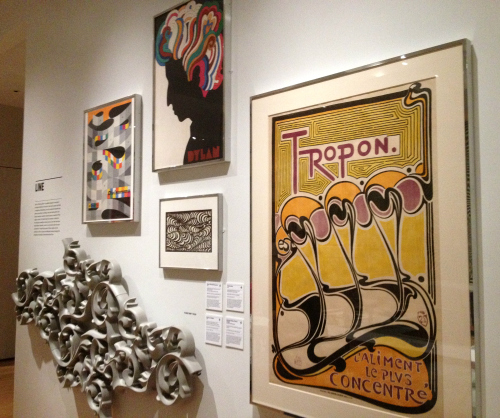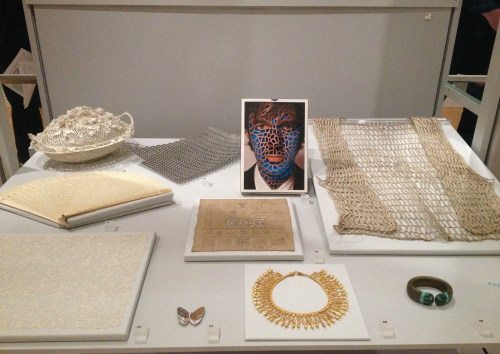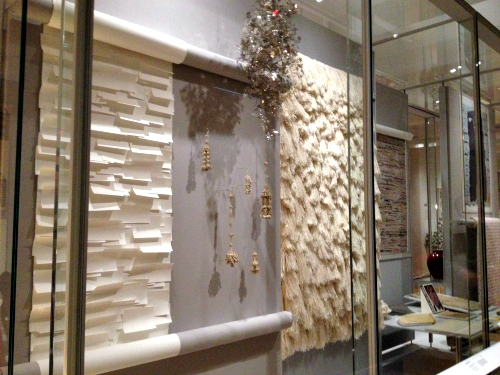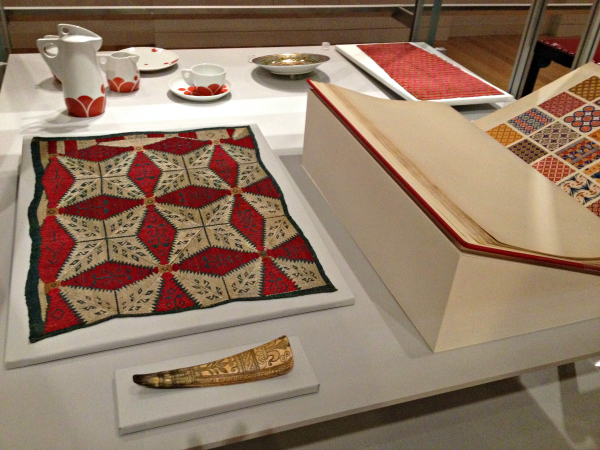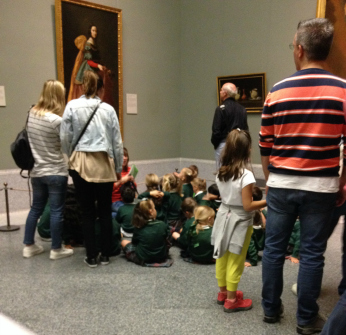 In the United States, many museum-goers I know are perturbed by the hordes of school children that sometimes descend on museum galleries, talking loudly, paying no attention to others trying to enjoy the same space and finding little to warrant their attention.
In the United States, many museum-goers I know are perturbed by the hordes of school children that sometimes descend on museum galleries, talking loudly, paying no attention to others trying to enjoy the same space and finding little to warrant their attention.
Here’s one example: About two years ago, at the Art Institute of Chicago, I watched either a teacher or a docent (I didn’t ask which) try to engage a group of, say, 14-year-olds (give or take a year or two) in the contemporary art wing. They were seated on collapsible stools before an abstract painting (sorry, I forgot, whose). The adult-in-charge asked what they thought about the painting. One said, “I think it’s weird.” Another thought it was awful. A third used the traditional “A child can do that” line. The adult had no answer for any of these comments. She let them pass, and moved on to another painting, while the kids starting to act out a bit.
I could understand why the class was bored.
While I was in Spain, I visited a half dozen museums, and the experience was completely different. To be fair, I saw groups of young children, not teenagers or tweens. I couldn’t get over how much attention they paid to the art and to what their teacher was saying. They really looked hard at the art and they answered questions seriously. Not being a Spanish speaker, I can’t tell you how sensible their responses were, but the teachers, in each case, took them seriously.
So–though I wasn’t supposed to–I snapped a few pictures that (I think) should warm your hearts. These little children were not bored in their museums.
I’m not going to make generalizations based on a few anecdotal experiences. But the people I know who complain about young museum-visitors would have been pleased by the groups I saw and the way they all behaved.
See for yourselves:

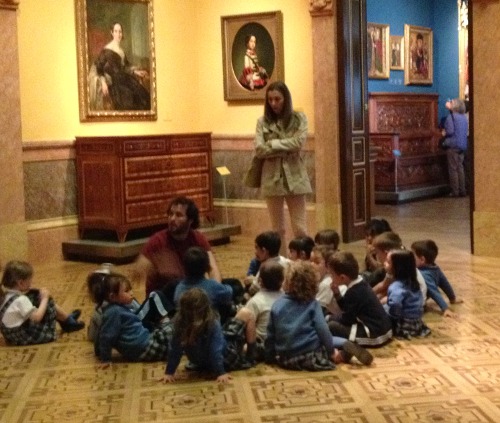
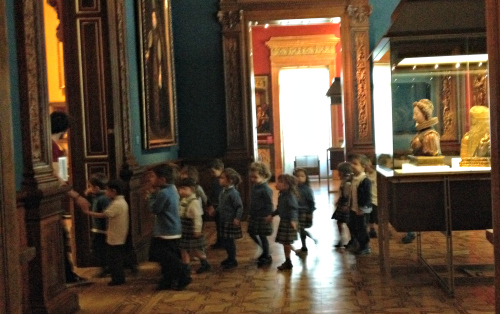
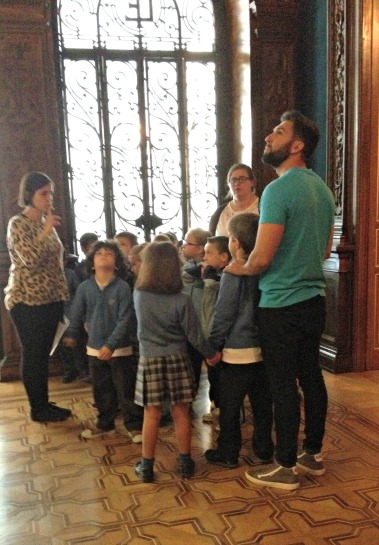
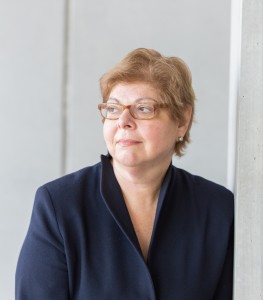
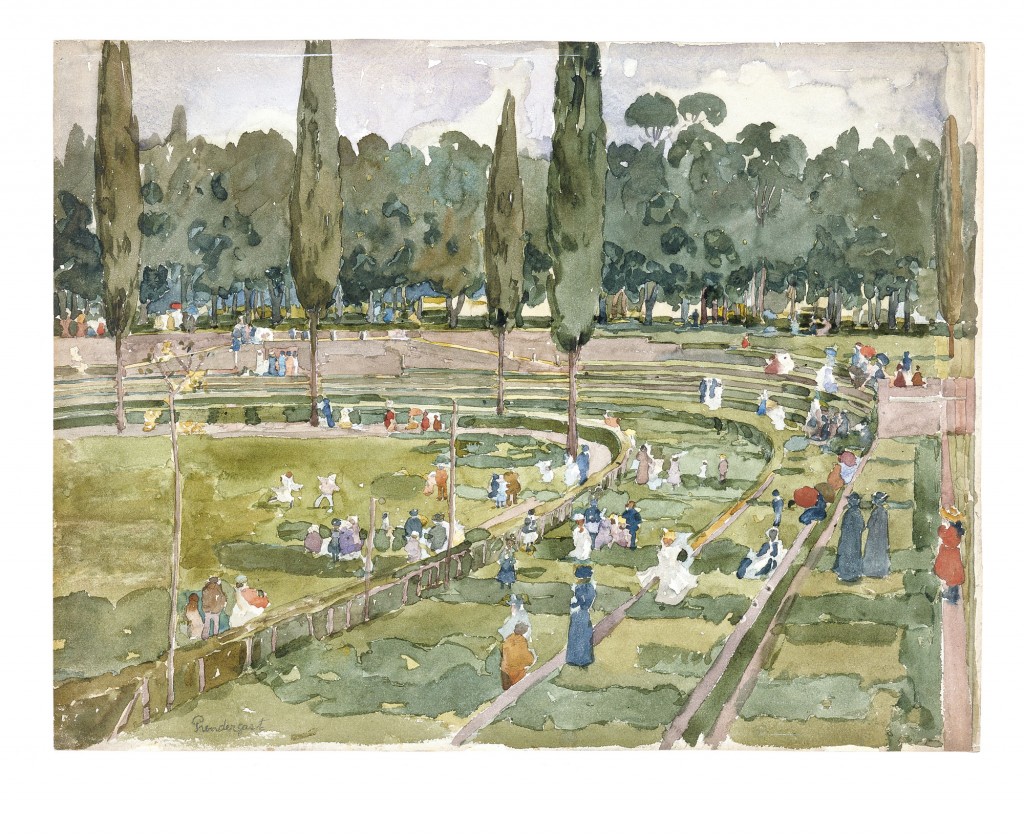
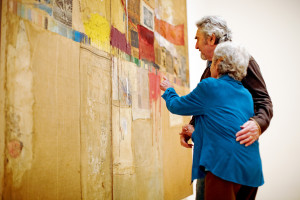
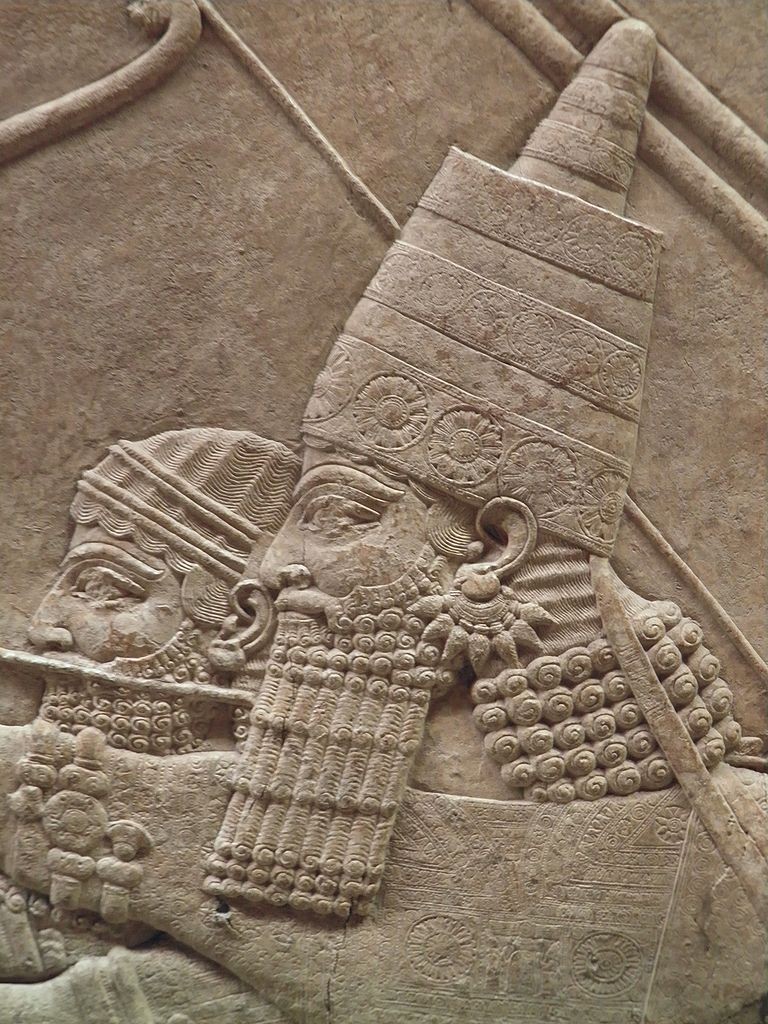
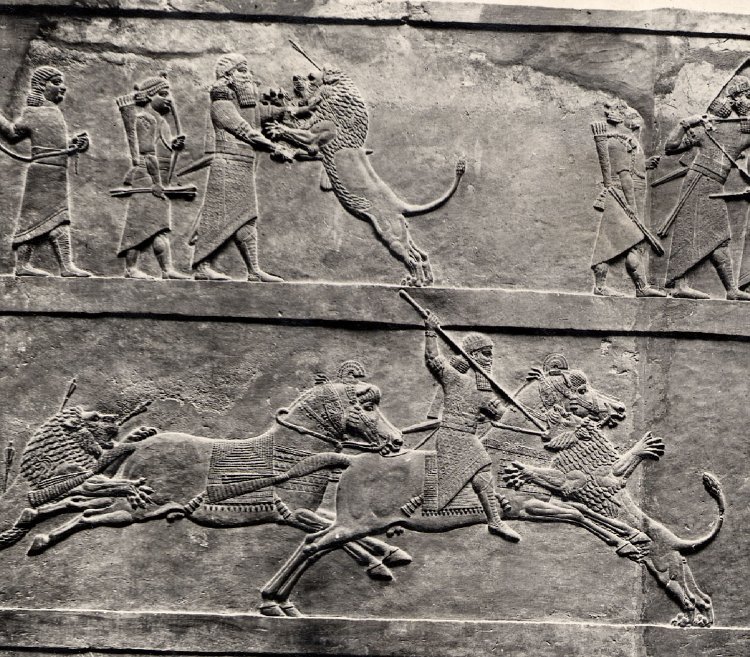
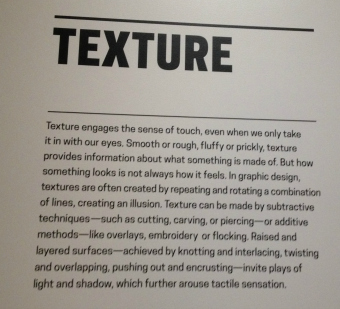
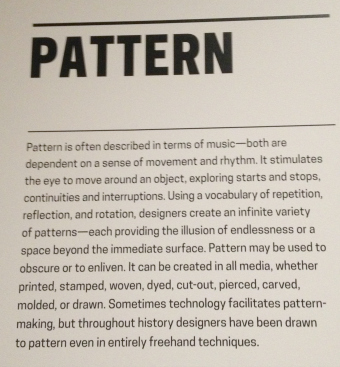
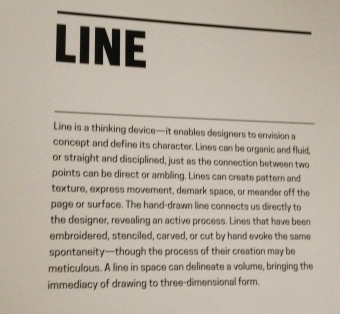 The displays themselves are a jumble; the objects are not arranged
The displays themselves are a jumble; the objects are not arranged